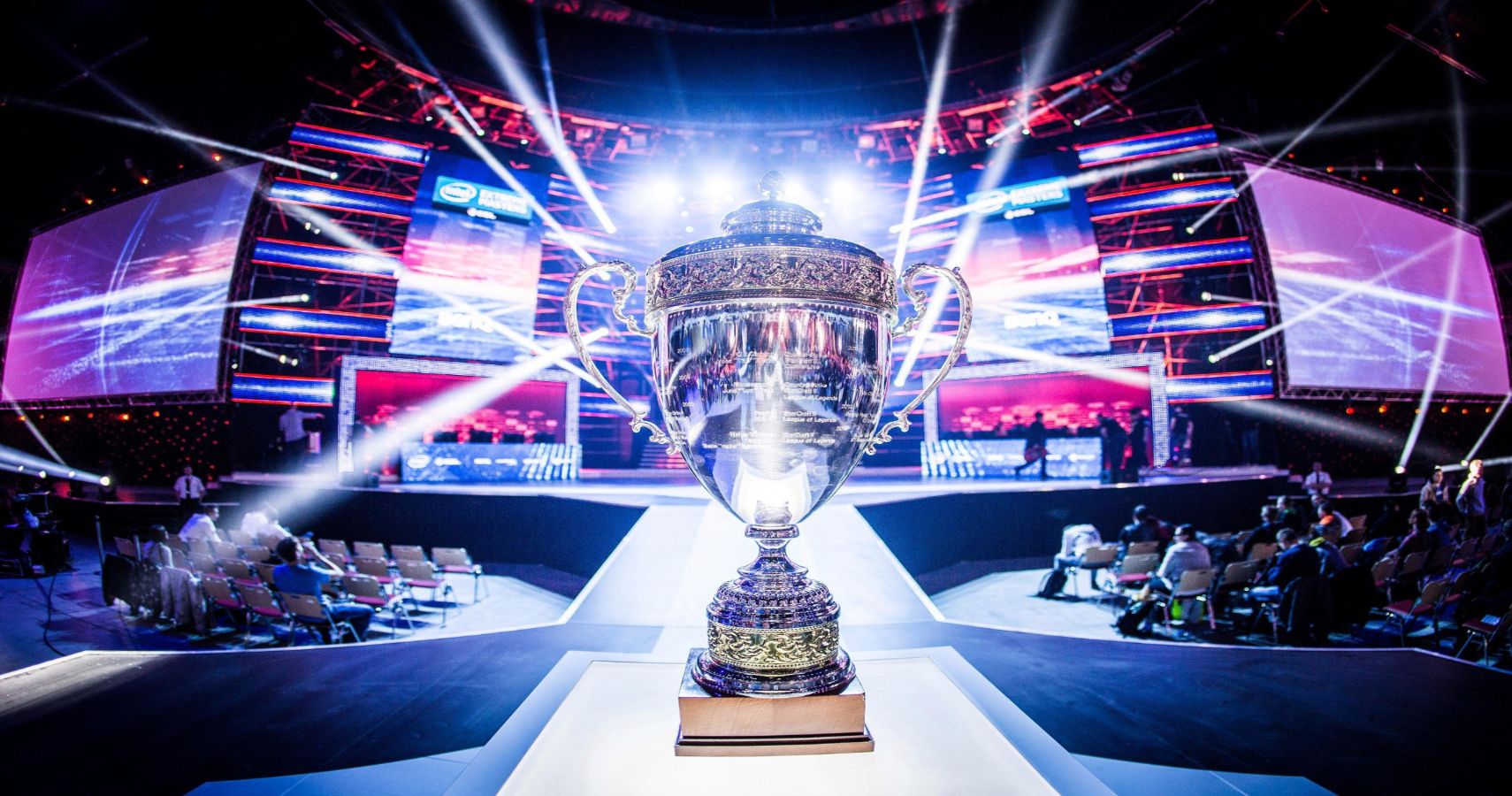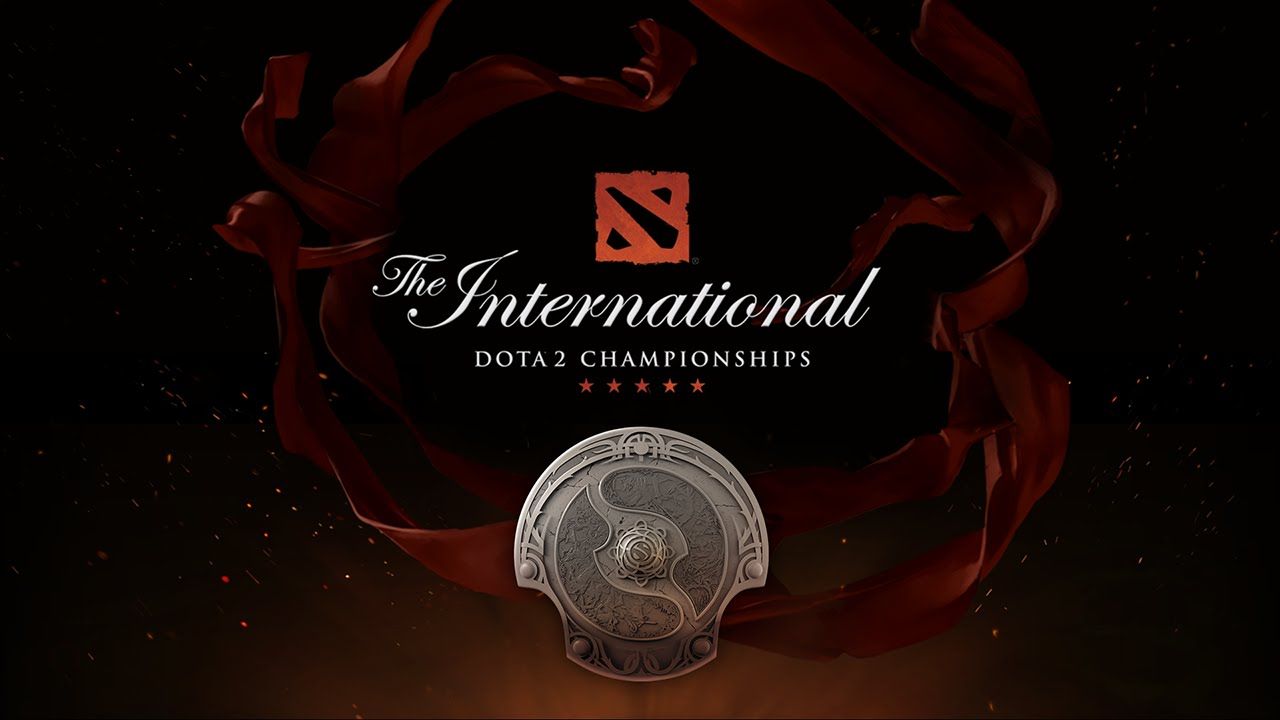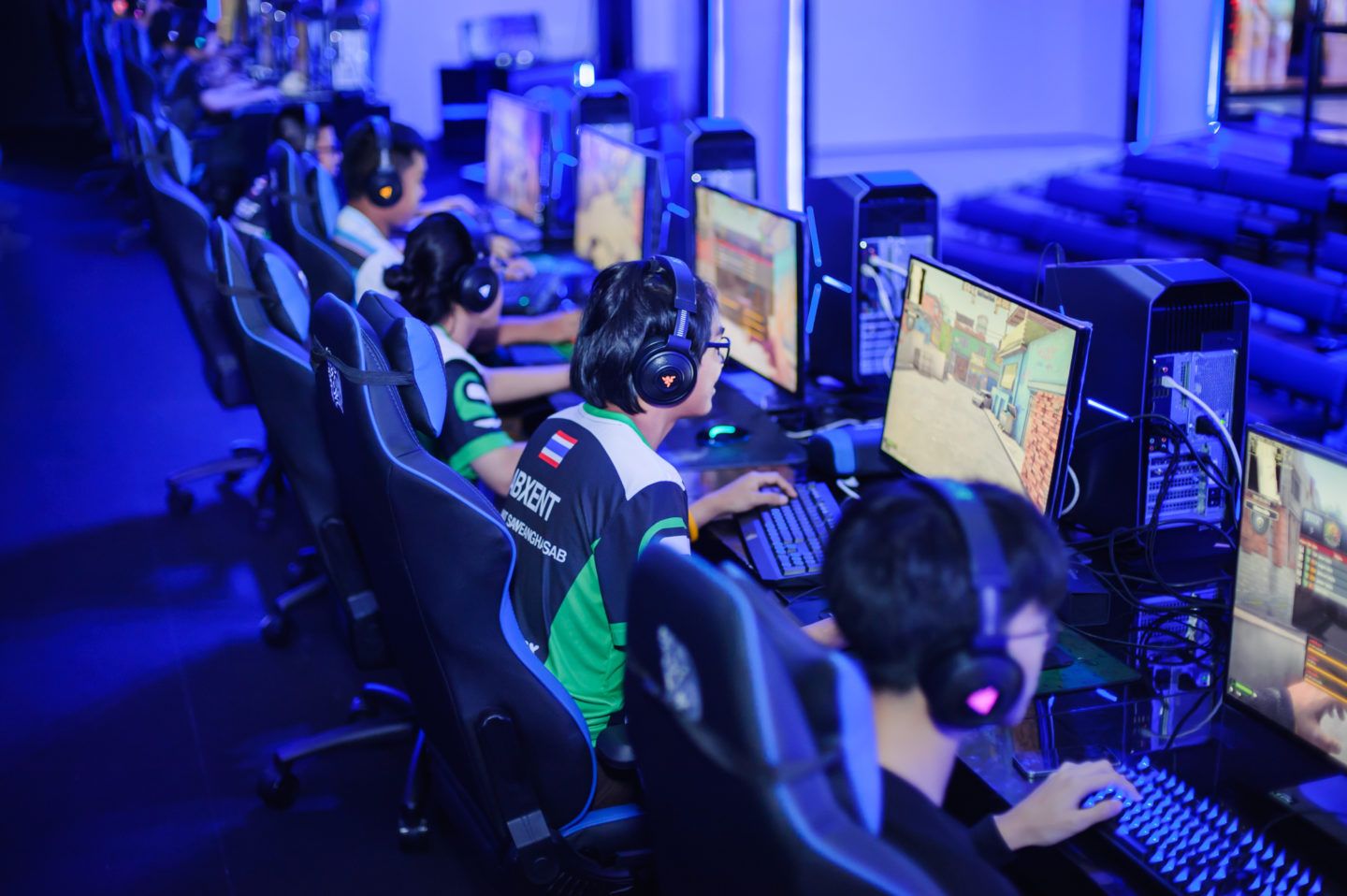The rise of esports in both popularity and its success has taken the world by storm in what can only be described as a global phenomenon. Video games were once considered little more than entertainment, but gradually this perception has evolved with the creation of complex games that allow for fast-paced action and varying strategies almost like physical sports. And like sports, video games now have competitive levels that require precision, practice, and top-tier skill.
As a testament to this, esports could be considered an Olympic sport by as early as 2024 in Paris. The discussion is in its infancy of course, as there are many questions that must be answered in terms of how to incorporate such events, and which games to use. In recent Forbes interview with Michal Blicharz, VP of professional gaming for ESL, one of the largest esports organizations, stated that “This is the last remaining mountain to conquer [for esports] to be acknowledged not just by the young but the entire world.”
Regardless of whether the Olympics ever host esports as an event, there is no denying the financial juggernaut that has grown from esports tournaments, team sponsorship, advertising, merchandise, and online streaming. Many consider the first truly competitive video game between players to be Starcraft from 1998 and its expansions and sequels. In that year, $7.8 million were awarded in total prize money across a total of 536 Esports tournaments, broadcast across three different television channels in South Korea.
A mere ten years later and that yearly sum for prizes paid out has been dwarfed by comparison. In 2018, $155.9 million was awarded, and professional gaming is on track to reach expected revenues of $1.8 billion by the year 2022.
The largest and most coveted Esports tournament currently is for Dota 2. In 2018, players competing in the annual tournament named “The International” faced off for their share of a $25.5 million prize pool, with first place taking home over $11 million. These prizes are not insignificant, and the professional players on these teams have seen their winnings increase steadily over the past twenty years. Since that initial point in 1998, the average tournament winnings have gone up by 205%.
While Dota 2 is the current top dog, others make up a fair share of the action as well. Counter-Strike: Global Offensive and Fortnite are two of the other top contenders, but there are many others vying to grow into one of those top spots. Somewhat surprisingly, there is a growing fandom for mobile esports. The Clash of Kings 2018 tournament sold out in little time to a packed arena. This is another hot area to watch over time, because unlike these other esports, the barrier to entry is little more than a smartphone, letting gamers who can't afford a powerful computer compete.
The players themselves range in age, but in general, this is a young person’s game from teenage years until the mid-20s. Interestingly, for years it has been assumed that after a certain age, an individual’s ability to input a certain amount of Actions Per Minute (APM) slows down too much to remain competitive, particularly in games like Starcraft where the top players in the world are able to input a staggering 300-400 APM for the duration of their matches. If that sounds unreal, you may have to see it to believe it.
Yet while APM decline can be harmful, there's another element that is currently putting esports pros at risk: player burnout. As esports are in their infancy, the long-term health effects on players are not yet known, but a recent story by CBS News on the relentless training of these professional players brings up some disturbing points. Many of these players practice with their teammates for seven hours a day or more. If this were a traditional active sport, this would be less concerning because being physically active is quite literally an important step in maintaining a healthy lifestyle.
Instead, these players sit in sedentary positions for the entire time, developing serious back, joint, and wrist issues after a few years of non-stop abuse. Many of the players in the CBS News report reveal that they are simply burnt out from putting their bodies through these kinds of lifestyles. Player health is something that both players and esports organizations will need to reconcile with in the future as the constant grind to attain perfection is wearing these young men and women out. This must come to the forefront of discussion sooner rather than later, as safety should be a top priority for all involved.
While esports have come a long way in terms of the size of its player and fan base, media perception has been slow on the uptake. This is perhaps best seen in the ignorance and condescending attitude on Jimmy Kimmel live in 2015, where it became apparent that the late show host was completely out of touch with the growth of esports and the types of people that partake in enjoying competitive gaming.
Yet in the end, such commentary is more a reflection on the attitude of a generation that simply does not understand how competitive entertainment is evolving. As esports continues to thrive and grow, which projections indicate is surely the case for the foreseeable future, opinions like those of Kimmel's will go the way of the dinosaur.
As for the future, there is an indirect aspect of competitive esports that logically follows in its growth, and that is gambling. While many fans follow esports for the love of a game and to support certain teams or specific players, others do it for the potential of wagers and returns. Currently, esports gaming is regulated as an industry in the gambling capital of the world: Las Vegas. There, once can find casinos and Esports lounges to watch major tournaments and wager on the outcome.
(Source: Casino.org)



